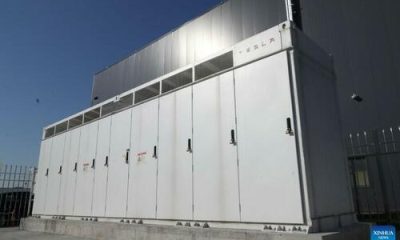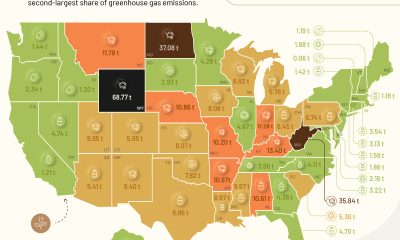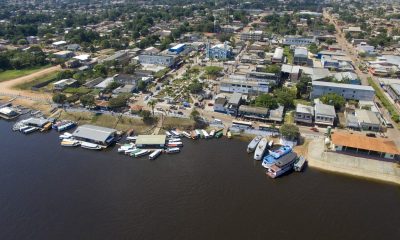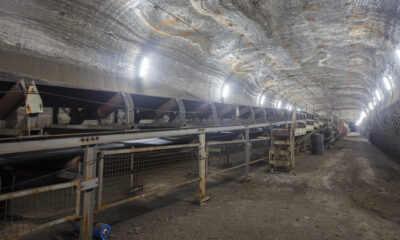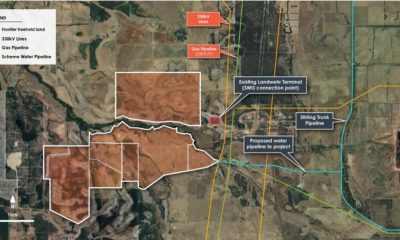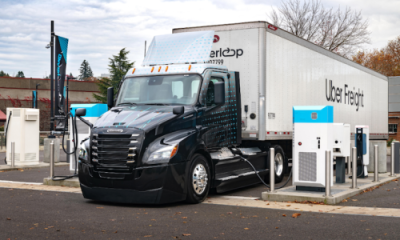Energy & Critical Metals
Study to evaluate direct air capture from advanced nuclear & renewable energy
Researchers will study feasibility of advanced nuclear and renewable energy to power a direct air capture regional hub near Houston, Texas.
The post…
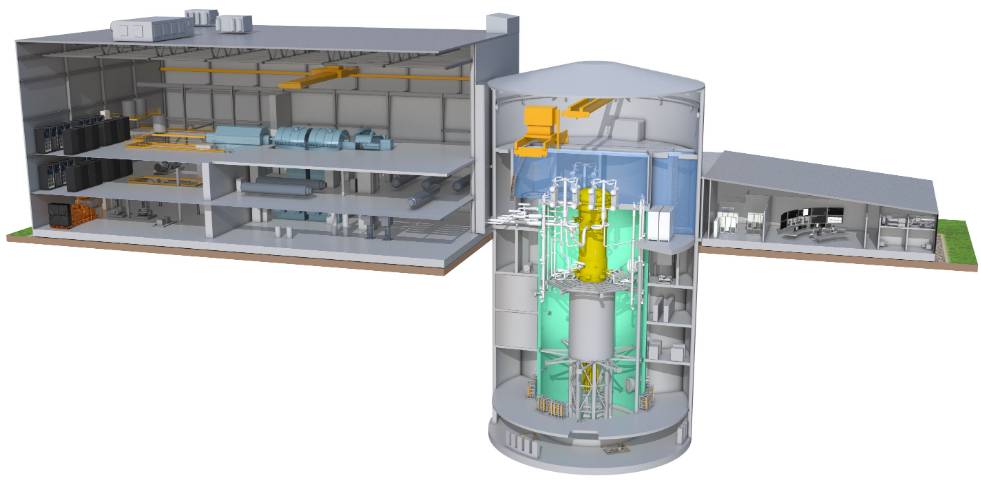
Researchers will study the feasibility of using advanced nuclear and renewable energy to power a direct air capture (DAC) regional hub near Houston, Texas.
GE Vernova will lead the pre-feasibility assessment under an award announced by the US Department of Energy’s Regional DAC Hubs program. The funding comes from the Infrastructure Investment and Jobs Act (IIJA). GE will enter award negotiations with DOE to finalise the terms and the scope of the study.
As part of the proposed study, researchers will evaluate using GE Hitachi’s BWRX-300 small modular reactor (SMR) to power the DAC system.
“Integrating the heat and power from the 300 MWe BWRX-300 with the DAC system has the potential to achieve the lowest cost of carbon removal,” said GE Vernova in a statement.
Have you read:
US commits $1.2bn to advance direct air capture projects
The role of membranes in carbon capture
Direct air capture (DAC) technologies extract CO2 directly from the atmosphere at any location after which the carbon can be stored in geological foundations or used in a variety of applications such as a feedstock for sustainable aviation fuels.
DAC is unlike carbon capture which is usually carried out at the point of emissions.
According to the International Energy Agency, DAC is significantly more expensive than carbon capture and is a highly energy-intensive process. A great deal of land and water are also required for DAC projects.
When completed, GE Vernova said the project could remove 1 million tons of CO2 from the air per year.
GE Vernova is also part of two other teams selected for award negotiations that support early-stage project development of DAC regional hubs. The two other projects GE Vernova will be partnering on will be led by the Board of Trustees of the University of Illinois (Urbana, Illinois).

These projects intend to promote technologies that can capture CO2 from the atmosphere and store it underground in the Tuscaloosa Group in Florida and in the Denver-Julesburg Basin in Colorado.
Both studies aim to develop relationships between DAC technology providers, green energy providers, CO2 transportation networks and companies seeking to store CO2 underground.
GE Hitachi’s BWRX-300 is the 10th evolution of GE’s boiling water reactor design. The 300 MW water-cooled reactor design is based on the company’s Economic Simplified Boiling-Water Reactor (ESBWR), which is already licensed by the U.S. Nuclear Regulatory Commission.
Originally published on Power Engineering.
The post Study to evaluate direct air capture from advanced nuclear & renewable energy appeared first on Power Engineering International.

Uranium Exploration Company Announces Additional Staking in the Athabasca Basin
Source: Streetwise Reports 12/22/2023
Skyharbour Resources Ltd. announced an update from its Canada-based Falcon Project along with additional…
Tesla Launches New Mega Factory Project In Shanghai, Designed To Manufacture 10,000 Megapacks Per Year
Tesla Launches New Mega Factory Project In Shanghai, Designed To Manufacture 10,000 Megapacks Per Year
Tesla has launched a new mega factory…
Giving thanks and taking stock after “a remarkable year”
An end-of-year thank you to our readers, industry colleagues and advertisers before Electric Autonomy breaks from publishing until Jan. 2
The post Giving…

